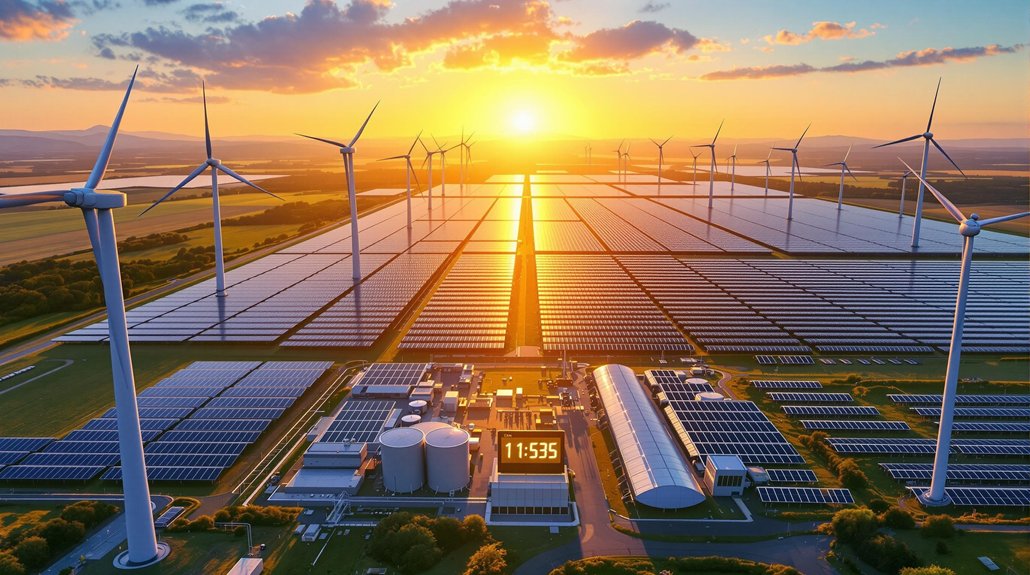Federal land officials have opened public comment on Idaho’s geothermal leasing plan that covers 50,000 acres near Grandview. The proposal aims to develop renewable energy while preserving natural areas. Many outdoor enthusiasts worry about losing recreational access, while supporters highlight geothermal energy as a stable funding source for education. This controversial plan raises questions about balancing economic benefits with environmental protection. How will officials weigh these competing interests?
Idaho is ramping up its geothermal leasing program to generate revenue for public schools while developing renewable energy resources. The Idaho Department of Lands (IDL) and the Land Board are leading this initiative across more than 3.4 million acres of state endowment trust mineral estate.
The program aims to fulfill the state’s constitutional mandate to maximize revenue for endowment beneficiaries, with public schools being the primary recipients. Any company interested in developing geothermal energy on state-owned lands must obtain a lease through IDL.
“The leasing process includes application, evaluation, and sometimes an auction,” explains an IDL representative. These leases are a key part of Idaho’s strategy for creating sustainable funding sources for education.
Federal oversight also plays a role in Idaho’s geothermal development. The Bureau of Land Management (BLM) handles leasing on federal public lands under the Geothermal Steam Act of 1970. Size limitations apply, with leases ranging from 640 to 5,120 acres per parcel.
Environmental concerns are central to the planning process. A proposed lease sale near Grandview covers 50,126 acres that are currently popular for outdoor activities. Officials conduct reviews to balance energy development with protection of ecosystems and recreational areas. Experience from other sites, like The Geysers in California, shows that geothermal development can impact hundreds of acres of land.
Public input is now being sought during a comment period. “We want to hear from all stakeholders, especially those concerned about recreation access,” says a BLM official. The agency encourages citizens to share their thoughts on how geothermal development might affect existing land uses.
The plan hasn’t been without controversy. Some outdoor enthusiasts worry about losing access to popular recreation areas, while others point to the benefits of expanding renewable energy options in the state.
Most geothermal leases are speculative, with only a small percentage resulting in actual energy production. Geothermal energy provides a stable energy source with capacity factors of 96% compared to more intermittent renewables like solar and wind. Nevertheless, the state sees these leases as important opportunities to support education funding while potentially developing clean energy resources for Idaho’s future.








